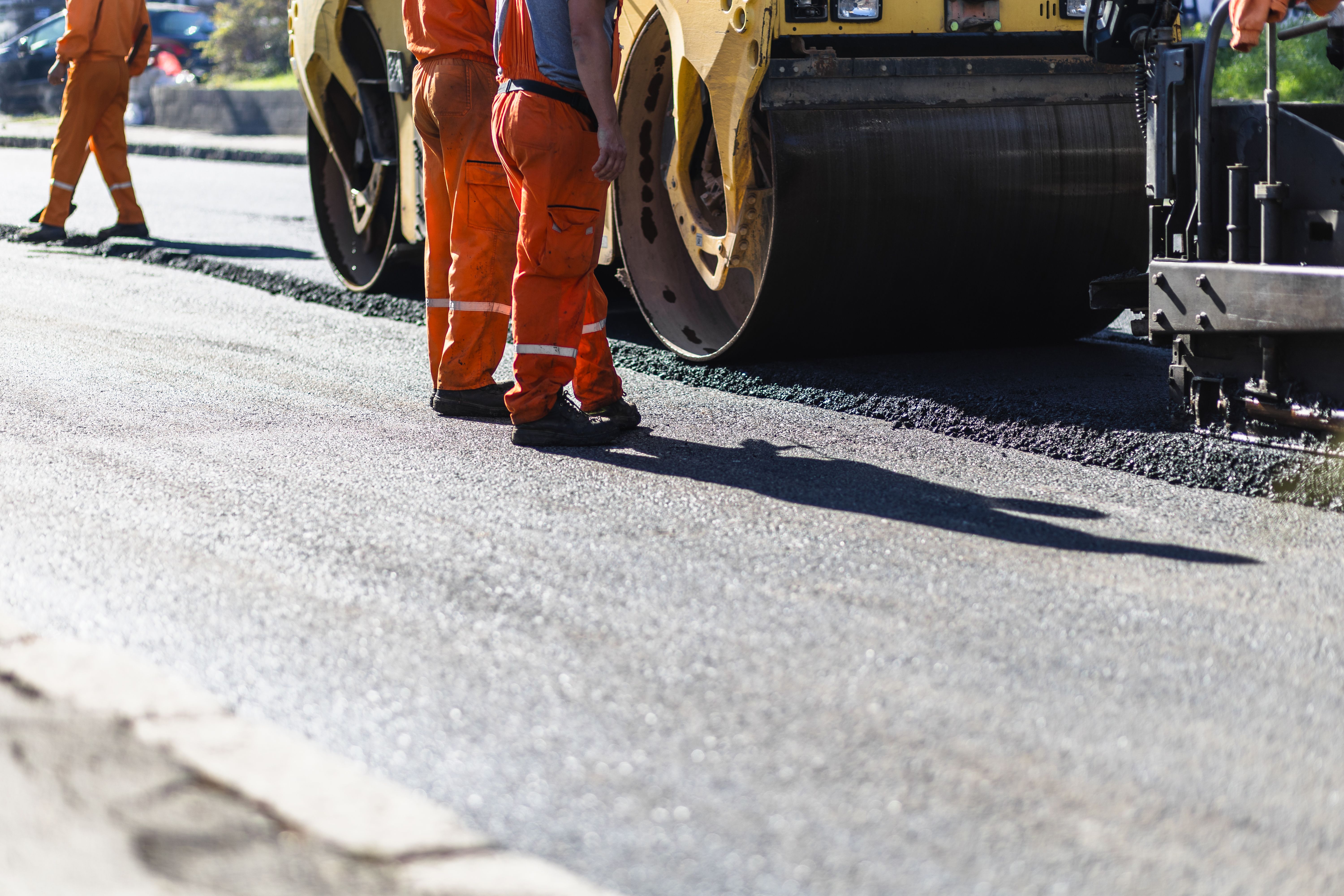Understanding Subgrade: The Foundation of Successful Construction
Understanding Subgrade in Construction
In the world of construction, the term "subgrade" might not always be at the forefront, but its importance cannot be overstated. The subgrade forms the foundation of any construction project, whether it's a building, a road, or any other infrastructure. Understanding the role and characteristics of subgrade is crucial for ensuring the longevity and success of construction projects.
The subgrade is essentially the layer of soil that lies directly beneath the pavement or surface layer. Its primary function is to provide support and stability to the structure above it. Without a properly prepared subgrade, even the most well-designed structures can face issues like settling, cracking, or premature failure.

The Characteristics of a Good Subgrade
A successful subgrade must possess several key characteristics to effectively support construction activities. Firstly, it should have adequate load-bearing capacity to withstand the weight of the structure and any additional loads it may encounter. Secondly, it should offer uniform support to distribute loads evenly and prevent any localized failures.
In addition to load-bearing capacity and uniformity, a good subgrade should also possess proper drainage properties. This ensures that water does not accumulate beneath the structure, which can lead to soil erosion or weakening of the subgrade material. Proper drainage is essential in preventing water-related damage.
Subgrade Preparation Techniques
Preparing a subgrade involves several steps that are vital for ensuring its effectiveness. Initially, the existing soil is evaluated to determine its suitability. If necessary, soil stabilization techniques are employed to enhance its properties. This can include methods such as compaction, where the soil is compressed to increase its density and strength.
Another technique is the use of geosynthetics, which are synthetic materials used to improve soil stability and drainage. These materials can reinforce the subgrade and enhance its load-bearing capacity. In some cases, additional layers of suitable material like gravel or sand are added to improve stability and drainage.

The Impact of Subgrade on Construction Longevity
Investing time and resources into proper subgrade preparation can significantly impact the longevity of a construction project. A well-prepared subgrade helps in minimizing settlement issues and reduces maintenance costs over the lifespan of the structure. This is particularly important in large-scale projects where repairs can be incredibly costly and disruptive.
Moreover, a sound subgrade contributes to better performance of the pavement or surface layer above it. It ensures that roads remain smooth and free from cracks, thus enhancing safety and driving comfort. For buildings, it prevents structural issues that could compromise safety and usability.
Conclusion
In conclusion, understanding and prioritizing subgrade preparation is essential for any successful construction project. By ensuring that this foundational layer is properly assessed and prepared, engineers and builders can lay a strong groundwork for durable and resilient structures. Whether through soil stabilization or advanced drainage techniques, investing in the subgrade is an investment in the overall success and longevity of construction endeavors.
